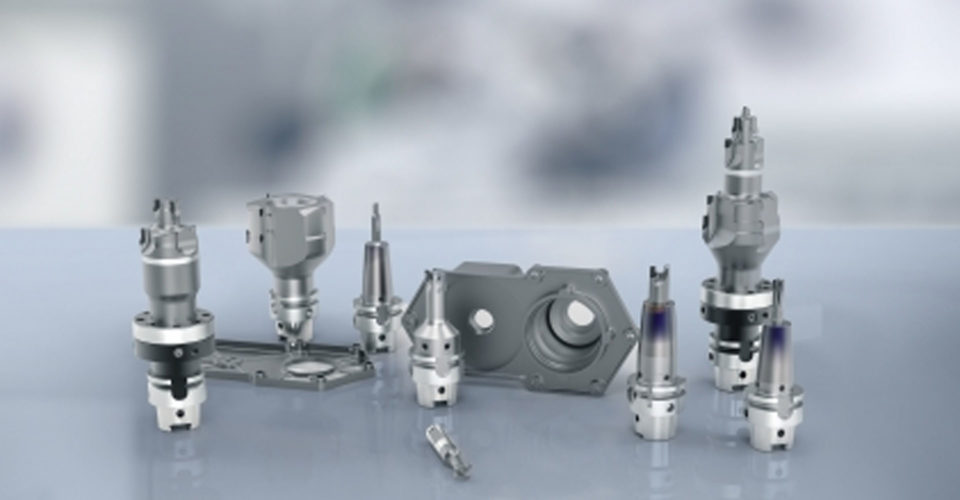Stratasys and Shin-Etsu Introduce P3 Silicone 25A — A Game-Changer for Industrial-Grade 3D Printing!
In a strategic collaboration that marks a significant leap forward in additive manufacturing (AM), Stratasys and…

The production of e-bikes
As a result of the requirements mentioned above, most manufacturers of small electric motors produce their motor housings from die-cast aluminium, more often from die-cast magnesium. Both workpiece materials are low in weight. Magnesium has a density of 1.7 g/cm3 and so is slightly lighter than aluminium with a density of 2.7 g/cm3. On top of this, magnesium is even easier to cast than aluminium. This allows for designs with even thinner walls and more intricate structures. Whether they’re made from aluminium or magnesium – most motor housings consist of the actual housing plus one or two covers. They have very thin walls and are unstable, so are therefore susceptible to vibrations. Multi-stage contours within the housing provide space for the various functional components of the motors. The geometric and dimensional requirements are high – narrow shape, running and position tolerances are specified.
The motor housing challenge
Over the past decades, MAPAL has gained extensive experience in the machining of small motor housings in both aluminium and magnesium. “Small housings have always been used for chainsaws, mopeds or lawnmowers, for example, but with electrification the precision requirements have increased even more”, explains Leander Bolz. And so MAPAL has adapted its programme for the complete machining of small housings to the changed conditions. First and foremost, PCD and solid carbide tools are best suited for machining both workpiece materials. In some cases, the tool experts design the process as dry machining. Polished chip spaces and particularly smooth surfaces on the tools stop them from getting dirty. They make the machining process safe even without the need for a cooling lubricant.
“When it comes to designing the tools for machining a magnesium housing, we’re always at the upper tolerance limit in the first step”, explains Bolz. This is because stresses inside the workpiece, different coating thicknesses or the ductility of the material, which contracts after machining due to the heat introduction, cause deviations in some diameters and bearings. “It’s only after a test drilling with a subsequent dimensional check on the part that we determine the required tool diameters, which also apply to the subsequent tools”.
Most economical solution thanks to combination tools
PCD tool machines bearing and position bores
The customer had high demands:
Drilling and milling combined in a single tool
Another tool combines milling and drilling processes. While drilling steps machine the bearing bore and position bore, a milling step is used to produce the sealing slot. “With this tool too, our main task was to prevent vibrations and reduce the cutting pressure”, explains Bolz. The tool experts achieved this by optimally coordinating the number of teeth and geometry of the milling step. “This also helps us avoid chips in the slot and ensures that the milling process runs reliably”, says Bolz.
The milling step for the tool works with the following cutting values:
MAPAL offers the complete package
Be first to see all the updates from MTDCNC
Our newsletters frequency varies dependant on content
All the latest deals from the industry feature on our newsletters